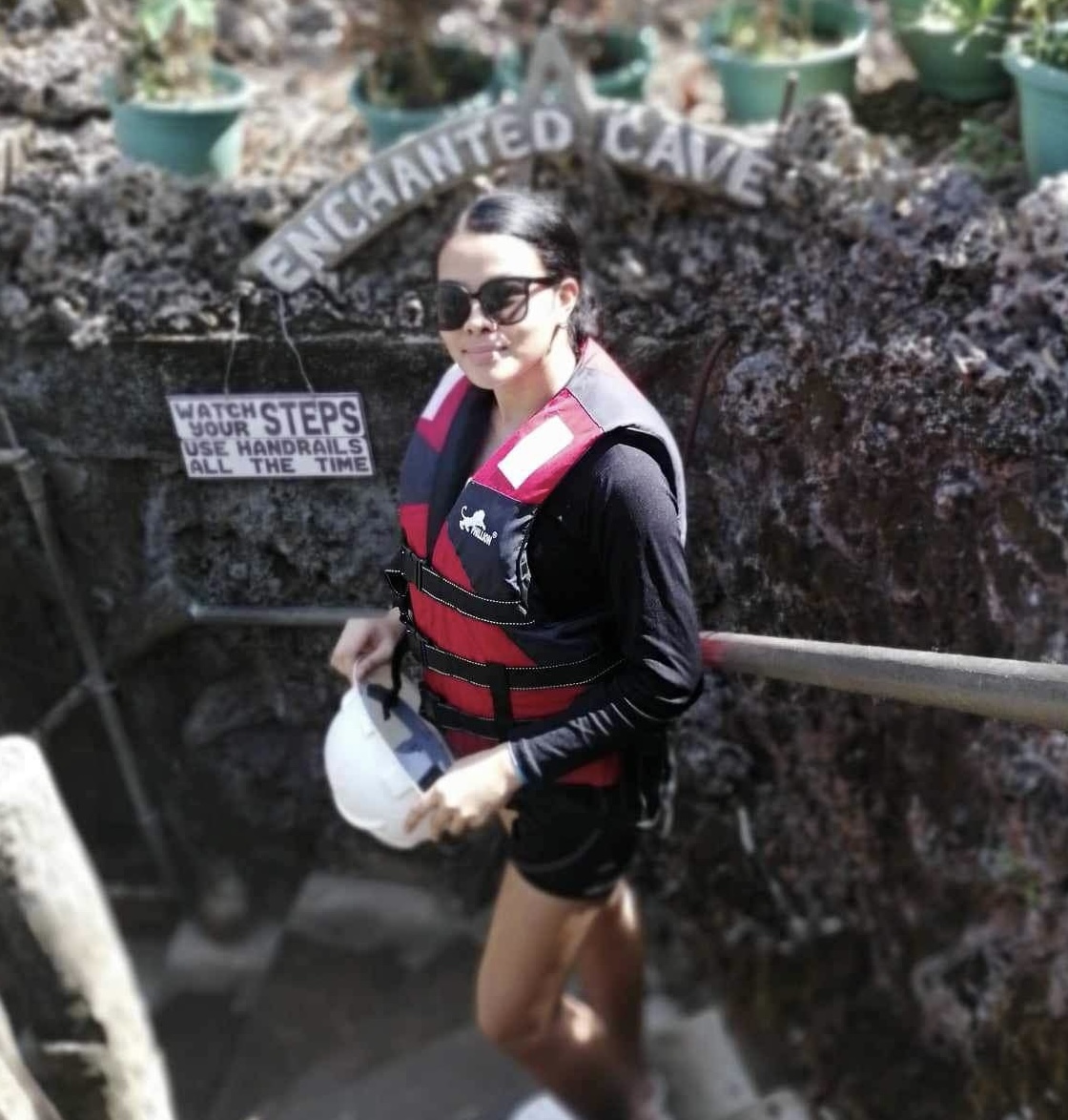The province of Kalinga boasts a vibrant tapestry of tradition and culture that has withstood the test of time. Home to the Kalinga people, this region is a testament to the resilience and rich heritage of an indigenous community that has preserved its identity amidst the changing tides of modernity.

Origins and Historical Context of Kalinga:
The Kalinga people are part of the larger Cordillera ethnic group, tracing their roots back to ancient times. The name “Kalinga” is believed to have been derived from the Ibanag and Gaddang words “Kalinga” and “Kalingga,” both of which mean “headhunters.” While headhunting was a practice in the past, it is important to note that the Kalinga of today have evolved beyond this tradition, embracing a more peaceful way of life.
The oral tradition of the Kalinga people recounts their migration to the Cordillera region from the coast of northern Luzon. Over centuries, they have developed a distinct cultural identity characterized by intricate rituals, vibrant art forms, and a profound connection to nature.
Tattooing Tradition:
One of the most prominent aspects of Kalinga culture is the art of tattooing, a tradition that has been passed down through generations. The people of the province are renowned for their intricate and symbolic tattoos, which serve as a visual narrative of an individual’s achievements, social status, and personal history.

Tattooing, known locally as “batok,” is a sacred rite performed by skilled mambabatok or tattoo artists like Apo Whang-Od, using traditional tools like thorns and bamboo sticks. These tattoos are not only a form of self-expression but also hold deep cultural significance. They symbolize the wearer’s journey through life, resilience in the face of adversity, and their connection to the spiritual realm.
Rituals and Festivals:
They celebrate a myriad of rituals and festivals that highlight their strong ties to the land, community, and spirituality. One such event is the Bodong, a peace pact ceremony that reinforces harmony between different villages. This age-old tradition serves as a testament to the Kalinga’s commitment to maintaining peaceful relations within their community.

Additionally, the Etag Festival is an annual celebration that showcases the Kalinga’s agricultural practices and the importance of communal cooperation. During this festival, locals come together to honor their ancestral roots through traditional dances, music, and the sharing of local delicacies.
Traditional Music and Dance:
The Kalinga people express their cultural identity through mesmerizing traditional music and dance forms. The beat of the gangsa, a set of brass gongs, resonates through the air during celebrations and rituals. The rhythmic movements of the dancers, adorned in traditional attire, tell stories of the community’s history, struggles, and triumphs.

The Hagabi Dance is a notable performance in the province, symbolizing the planting and harvesting of rice. This intricate dance is accompanied by rhythmic beats, celebrating the agricultural practices that sustain the community. The Kalinga’s rich musical heritage reflects their deep connection to the natural environment and their dependence on agriculture for sustenance.
Social Structure and Community Life:
The social structure of the people revolves around the extended family, with the elders playing a crucial role in decision-making and conflict resolution. The village is the focal point of community life, and each village is governed by a chieftain known as the “Datu.” The Datu is responsible for upholding the customs and traditions that define Kalinga culture.
Despite modern influences, the people maintain a strong sense of community spirit. Mutual cooperation is emphasized, and traditional practices such as bayanihan, a communal effort to achieve a common goal, are still prevalent. This community-centric approach fosters unity and resilience in the face of challenges.
Tourism Impact:
The rise of tourism in the Cordillera region has brought both opportunities and challenges to the people. While tourism provides economic benefits, it also poses the risk of cultural commodification and misrepresentation. Responsible tourism initiatives that respect and appreciate the authenticity of Kalinga culture are essential for ensuring the sustainability of this unique heritage.

The people’s tradition and culture are a testament to the resilience and adaptability of indigenous communities. In the face of modernization, the Kalinga continue to celebrate and preserve their unique identity through tattooing, rituals, festivals, and communal practices. As guardians of a rich cultural tapestry, the Kalinga people demonstrate the importance of balancing tradition and progress, ensuring that future generations can cherish and carry forward the legacy of their ancestors.

I’m Ken, an avid travel blogger and a nurse chronicling my adventures on “The Sneaky Traveller.” My journey in healthcare and travel enthusiast is driven by a desire to make a meaningful impact in both realms.
